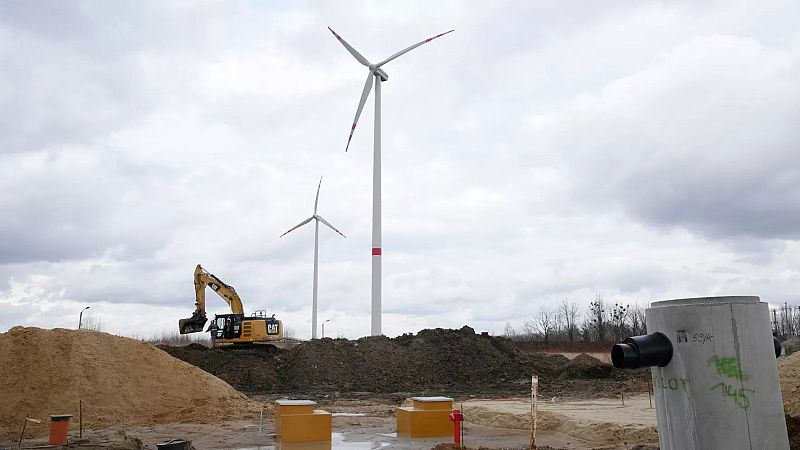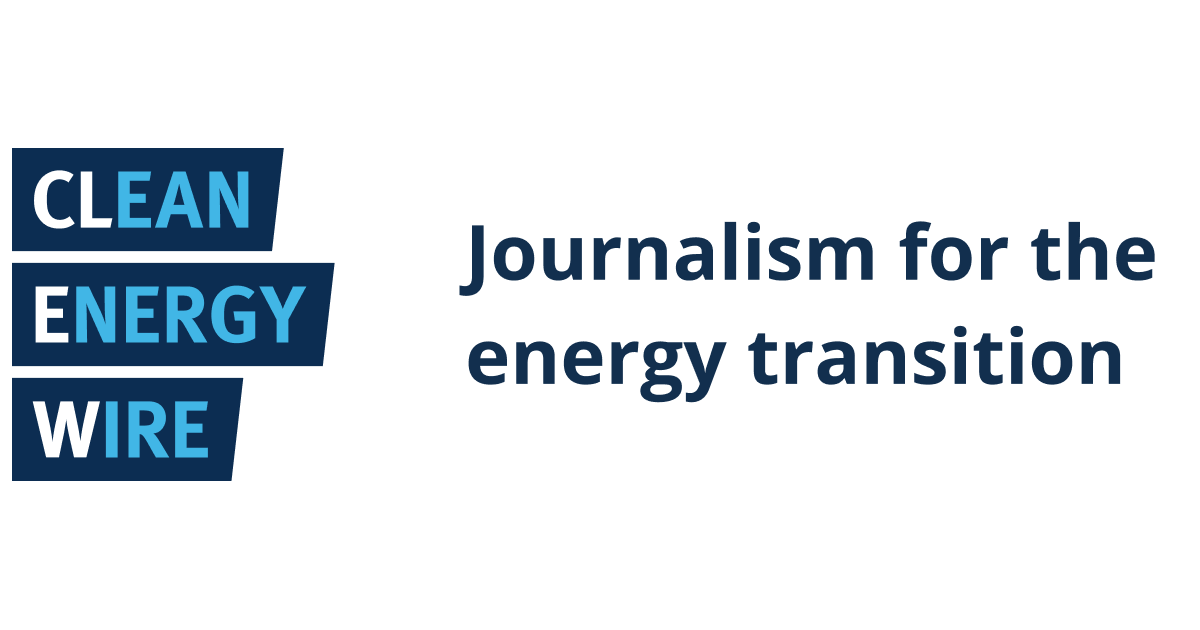In June 2025, Poland achieved a notable shift in its energy landscape as renewable energy sources generated 44.1% of the country’s electricity, surpassing coal and lignite plants, which produced 43.7%. This marks the first month in history where renewables outpaced coal in electricity production, according to preliminary data from the Energy Forum.
Throughout the second quarter, coal accounted for 45.2% of Poland’s energy mix, indicating a significant change as it fell below half for the first time ever. On June 29, the share of emission-free energy sources briefly rose to 49.5%, showcasing the growing influence of renewables in the national grid.
Dr. Maria Niewierko from the Energy Forum attributed this change primarily to the surge in photovoltaic (PV) solar energy generation, which expanded by 24% year-on-year to reach an installed capacity of 23 GW. Just five years prior, Poland had only 2 GW of PV installations. Additionally, favorable weather conditions in June, characterized by strong winds, led to a doubling of wind power generation compared to the previous year.
However, as July began, the share of renewable energy in power generation dipped to approximately 33-34%. Industry experts warn that further reductions are likely in winter due to decreased solar efficiency.
Poland faces challenges in its energy transition, particularly regarding regulatory barriers. Dr. Niewierko noted that the development of onshore wind energy has been constrained since 2016, when the government halted its progress. Although regulations began to liberalize two years ago, significant limitations remain. A new bill, designed to facilitate wind energy development, is pending presidential approval, but its fate is uncertain.
Delays also plague the establishment of Poland’s first nuclear power plant, originally scheduled for launch in 2033, but now pushed to 2036.
Sebastian Skolimowski from PAD RES highlighted that Poland’s outdated transmission infrastructure hampers the full utilization of renewable energy. He emphasized the need for substantial investments in grid upgrades, energy storage solutions, and favorable regulations to support wind farm development.
While the share of fossil fuels in electricity generation is declining, the overall economy has not seen the same trend. Since joining the EU, Poland has experienced a 38% decrease in coal consumption, but oil consumption has risen by 41% and natural gas by 43%. In 2024, Poland incurred a staggering PLN 112 billion in fossil fuel imports, highlighting the persistent dependence on external energy sources, particularly crude oil, of which nearly 97% is imported.
Despite progress in renewable energy, Poland remains one of the world’s most polluting economies, ranking poorly in emissions per unit of GDP and energy consumption. Only Kuwait, South Africa, Kazakhstan, and China exceed Poland’s emissions levels, according to the Energy Transition of Poland 2025 report.
The current situation underscores that while Poland is making strides in renewable energy adoption, substantial challenges remain. Upgrading infrastructure, improving energy storage capabilities, and establishing supportive regulations are critical for advancing the country’s energy transition.




